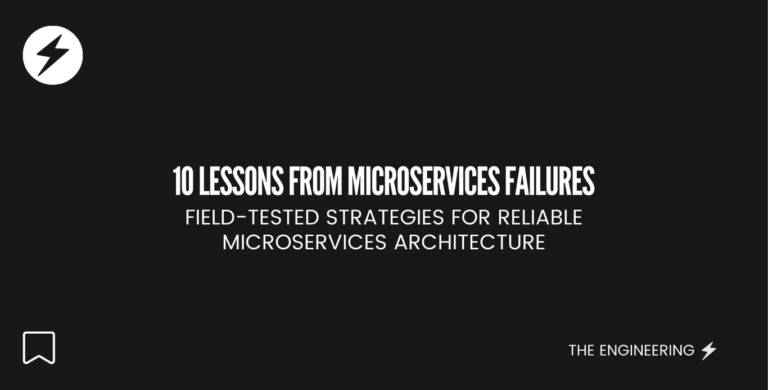The product roadmap is an essential tool in the Digital sector, helping teams to prioritize tasks, allocate resources, and maintain a strategic focus. However, it is crucial to understand the purpose and limitations of a product roadmap, distinguishing it from other project management artifacts. This article will explore the concept of “Roadmap vs. No roadmap,” providing insights into the appropriate use of product roadmaps and their role in facilitating effective collaboration and decision-making.
Understanding the Product Roadmap
A product roadmap is a high-level visual representation of a product’s strategic direction, illustrating the planned progression of features, enhancements, and milestones over time. It serves as a communication tool for aligning stakeholders, guiding strategic decision-making, and setting expectations about the product’s evolution. A product roadmap is not a detailed project plan or a definitive timeline; rather, it provides a broad overview of the product’s direction, focusing on key goals and initiatives.
Roadmap vs. No Roadmap: Key Distinctions
To use product roadmaps effectively, it is important to distinguish between roadmap-related tasks and questions and those that are not. Below are some examples:
Roadmap-related tasks and questions
- Identifying significant opportunities the team is considering for H1/H2
- Envisioning the product’s evolution over the next few quarters
- Providing a high-level strategic overview of the product for the next year
- Discussing general focus areas and sequencing
- Ensuring alignment with customer needs and goals
Non-roadmap-related tasks and questions
- Visualizing dependencies across multiple teams
- Allocating engineering time
- Reporting on the status of the Week 23 sprint
- Requesting a burn-down chart
- Asking for a Gantt charts
- Exporting data to a spreadsheet
Tips for Creating Effective Product Roadmaps
To create a useful product roadmap, consider the following best practices
- Focus on high-level strategy and goals, keeping in mind that a roadmap is not a detailed project plan.
- Keep the roadmap visually appealing and easy to understand, avoiding clutter and excessive detail.
- Avoid committing to overly specific timelines and details, as roadmaps should remain flexible and adaptable to change.
- Update and revise the roadmap regularly based on feedback, new information, and changing priorities.
Communicating the Product Roadmap
A well-crafted product roadmap should be shared with all relevant stakeholders, including engineers, product managers, and leaders. Open discussions about strategy and priorities should be encouraged, allowing team members to ask questions and share concerns. Addressing these issues will help build confidence in the product’s direction and foster a shared understanding of the roadmap’s purpose and limitations.
The Role of Product Managers and Leaders
Product managers and leaders play a crucial role in ensuring the effective use of product roadmaps within their teams. They should:
- Clarify the purpose and limitations of the roadmap, helping team members to understand its role in guiding strategic decision-making.
- Encourage collaboration and transparency in the roadmap creation process, inviting input from all team members.
- Foster a culture of strategic thinking and alignment with organizational goals, using the roadmap as a tool for guiding and informing decision-making.
Conclusion
Distinguishing between roadmap and non-roadmap tasks and questions is essential for effectively using product roadmaps in the Digital sector. By understanding the purpose and limitations of a roadmap, teams can better align their strategic focus, prioritize initiatives, and make informed decisions. Product managers and leaders play a vital role in ensuring that roadmaps are used effectively, fostering a culture of collaboration and strategic alignment. By creating, maintaining, and communicating clear and concise product roadmaps, Digital teams can work together more efficiently and confidently to deliver innovative solutions that meet their customers’ needs and drive business success.
Bonus: Roadmap template
A good roadmap should be a strategic document that communicates the vision, priorities, and direction of a product or project over time. It should be flexible, allowing for adjustments as circumstances change, and should serve as a guide for decision-making and communication with stakeholders. Here’s a skeleton of a good roadmap:
Executive Summary
Briefly describe the purpose and objectives of the roadmap.
Vision and Strategy
- Outline the long-term vision and goals for the product or project.
- Explain the strategy for achieving the vision and goals.
Key Objectives and Initiatives
- List the primary objectives that the roadmap aims to achieve.
- Identify key initiatives or projects that will contribute to achieving each objective.
Prioritization and Sequencing
- Prioritize the objectives and initiatives based on factors such as business impact, resource availability, dependencies, and risks.
- Sequence the initiatives, taking into account their priority and any dependencies between them.
Timeline
- Present a high-level timeline of the initiatives, indicating their estimated start and end dates.
- Include any milestones or checkpoints for tracking progress.
Stakeholders and Communication
- Identify the key stakeholders involved in the product or project.
- Describe the communication plan for keeping stakeholders informed and engaged throughout the roadmap’s implementation.
Risks and Assumptions
- List the main risks and assumptions associated with the roadmap.
- Explain how these risks will be managed or mitigated.
Review and Update Process
- Describe the process for reviewing and updating the roadmap as needed, including the frequency of reviews and the criteria for making adjustments.
Appendix (optional)
- Include any additional information or supporting documents that may be helpful for understanding the roadmap, such as data sources, research findings, or detailed project plans.
Remember that a roadmap is a living document and should be updated regularly to reflect changes in the product or project’s priorities, resource availability, and market conditions. It should also be concise and visually appealing, making it easy for stakeholders to understand the overall direction and priorities at a glance.





[…] team members’ aspirations and aligns with the organization’s goals is like charting a roadmap to success. A well-defined mission then breathes life into this vision, outlining the specific objectives, […]
[…] me on #TheEngineeringBolt, Twitter and Linkedin for more Career, Leadership and Growth […]
[…] the direction and goals of the team. As a Staff Software Engineer, you are responsible for driving roadmapping, scoping work, and managing technical problems outside the team while influencing the organization. […]